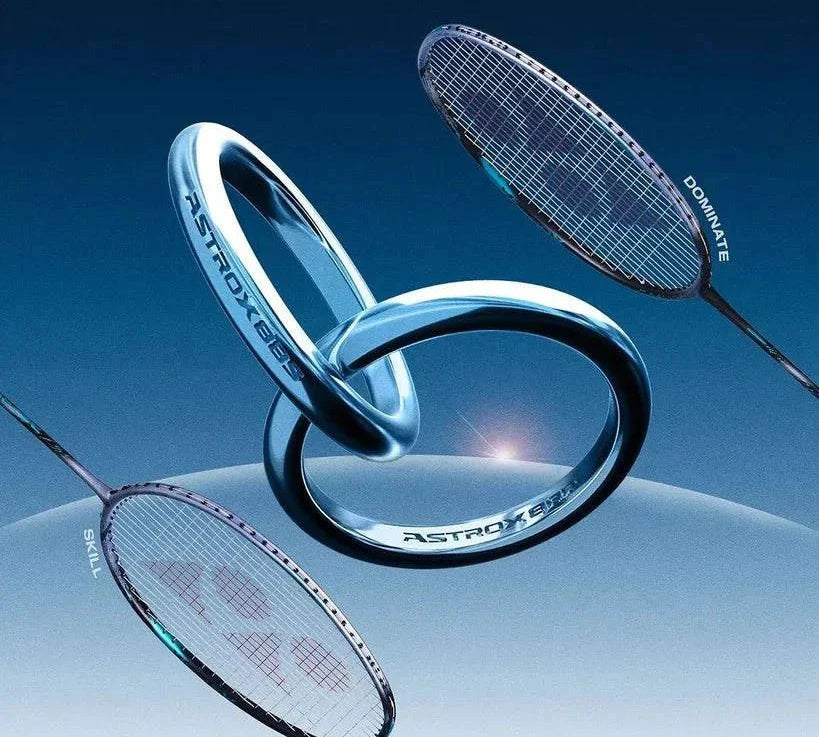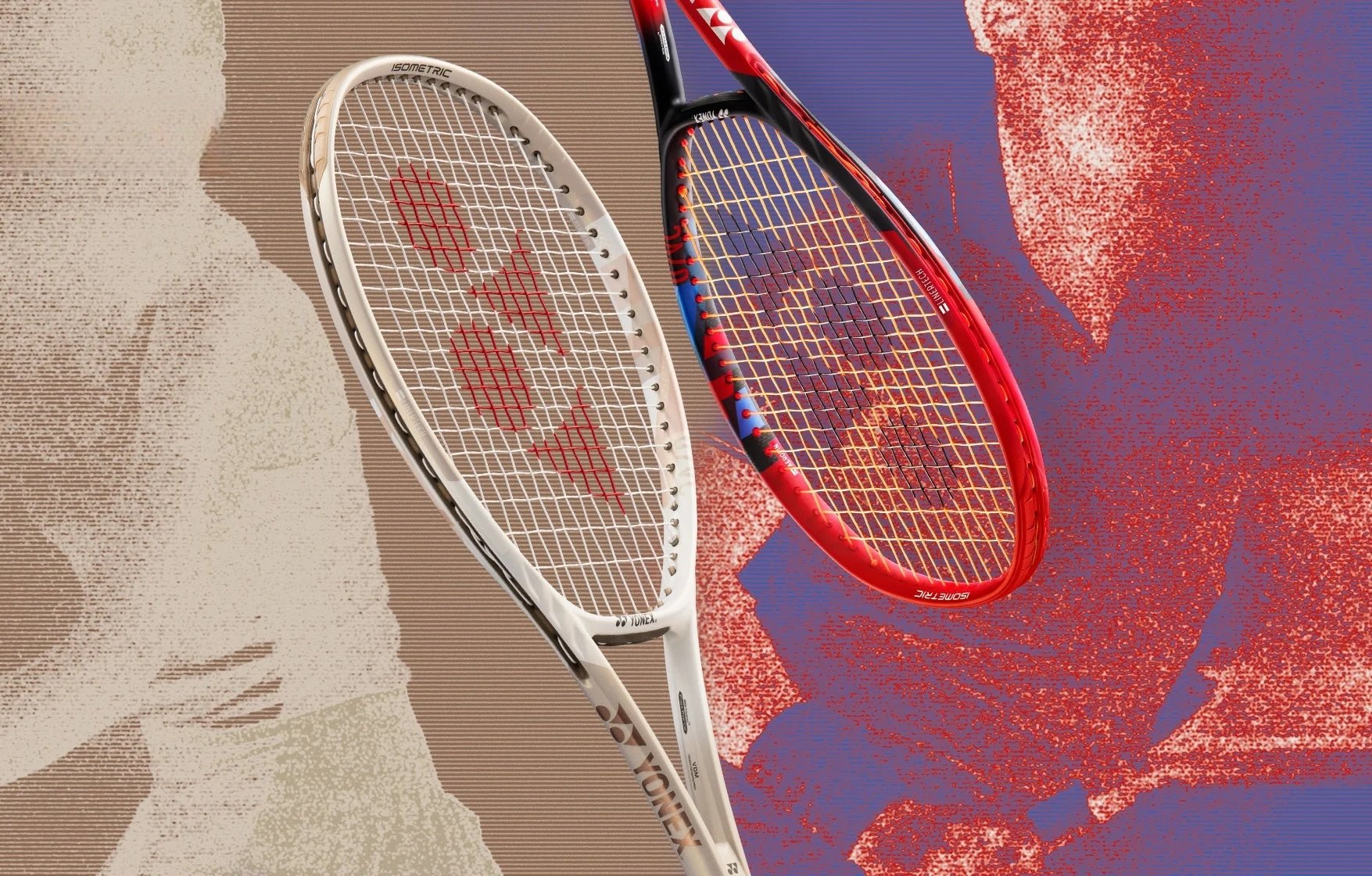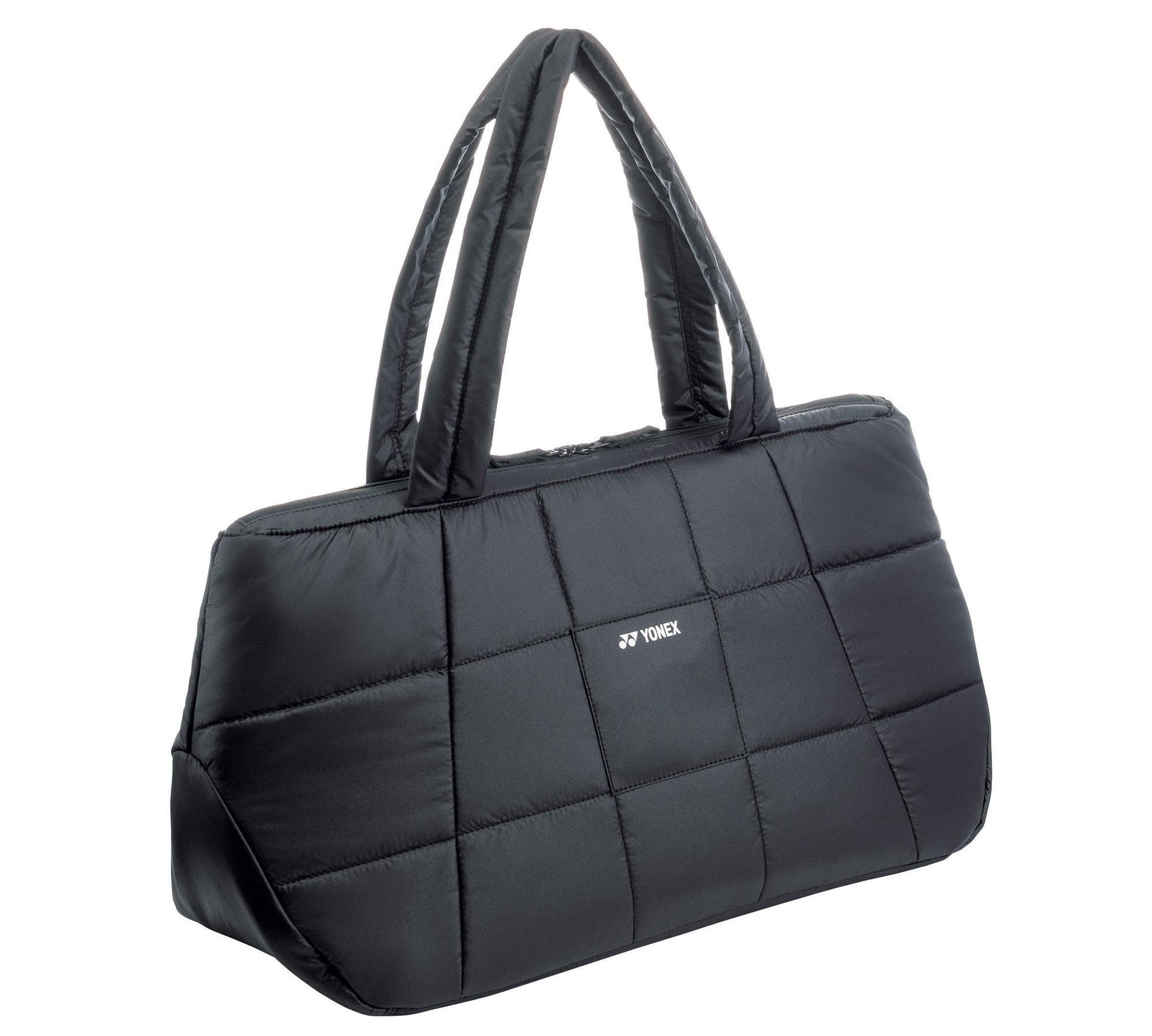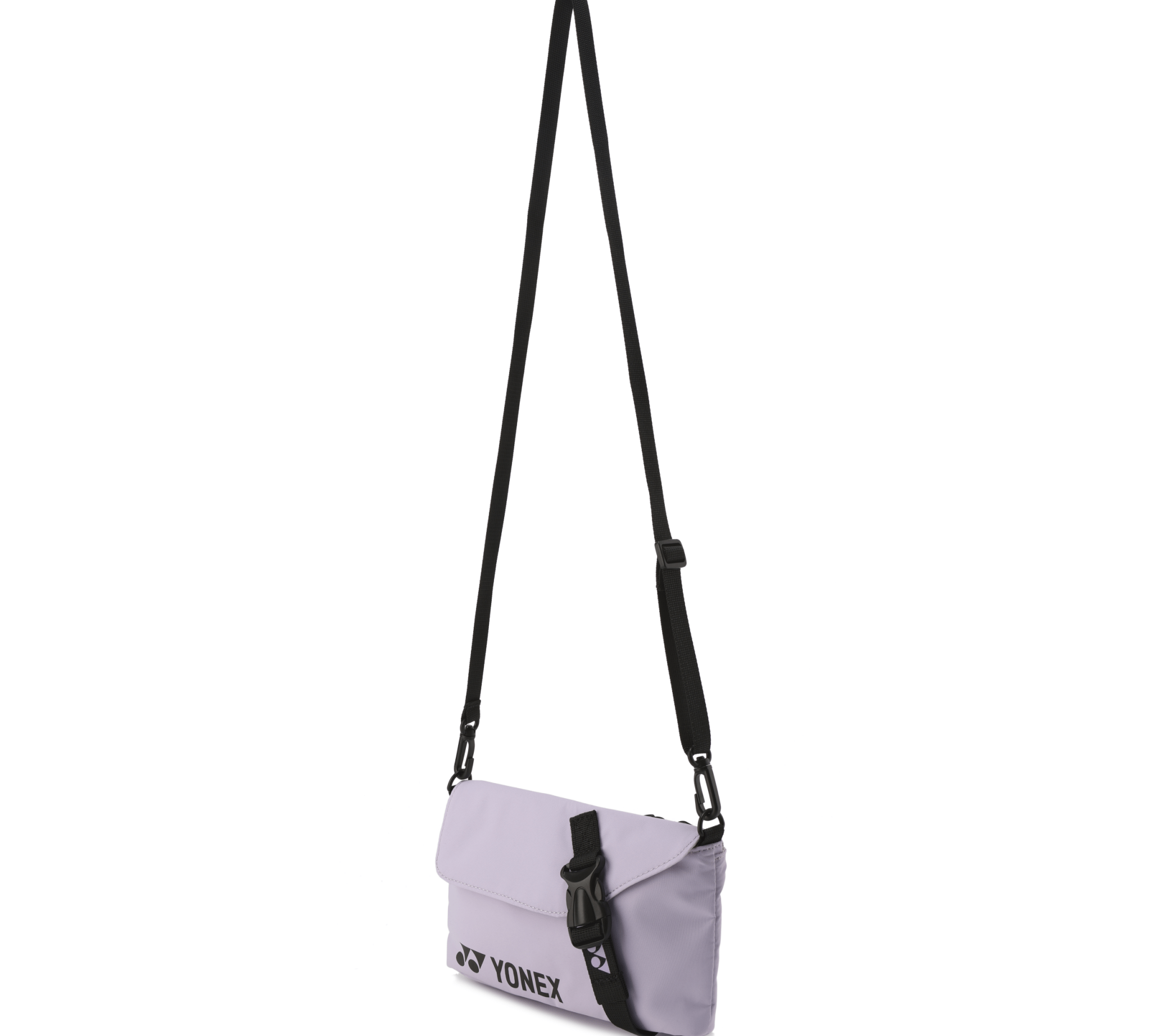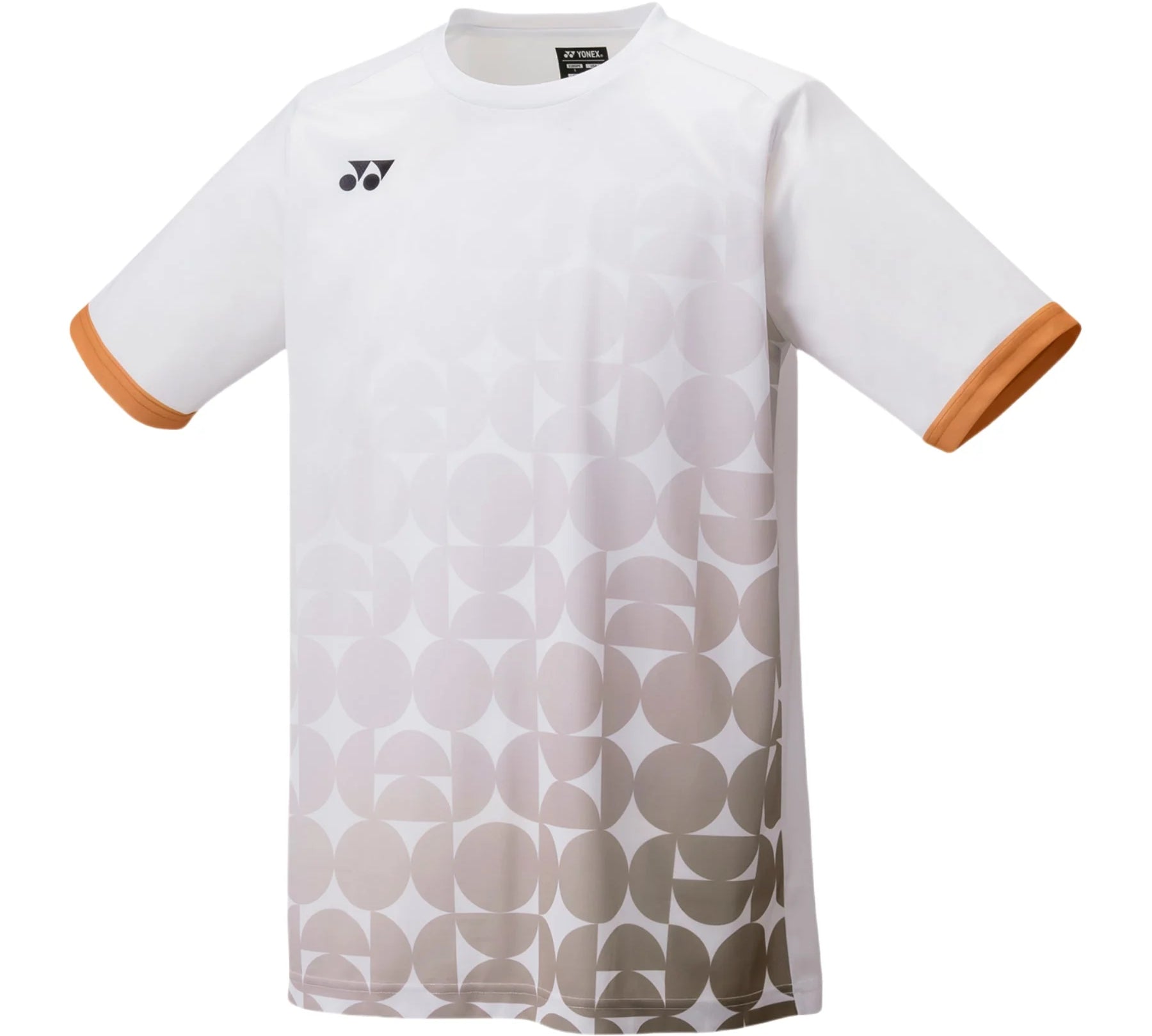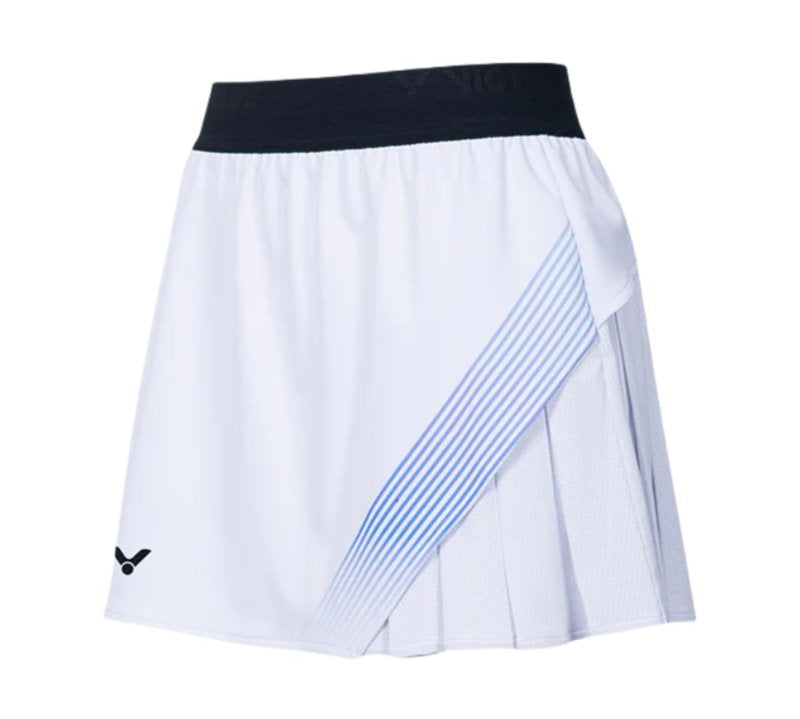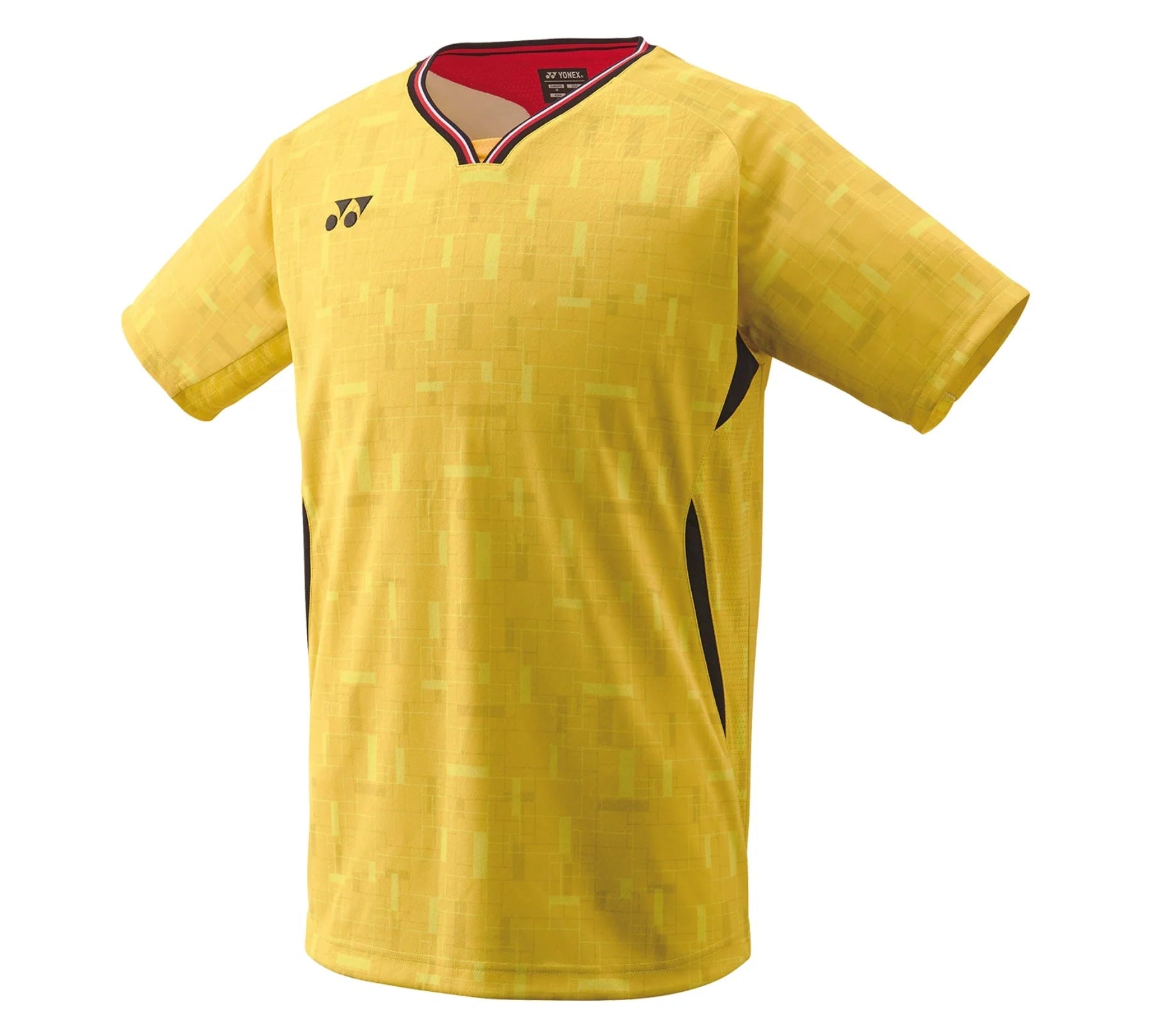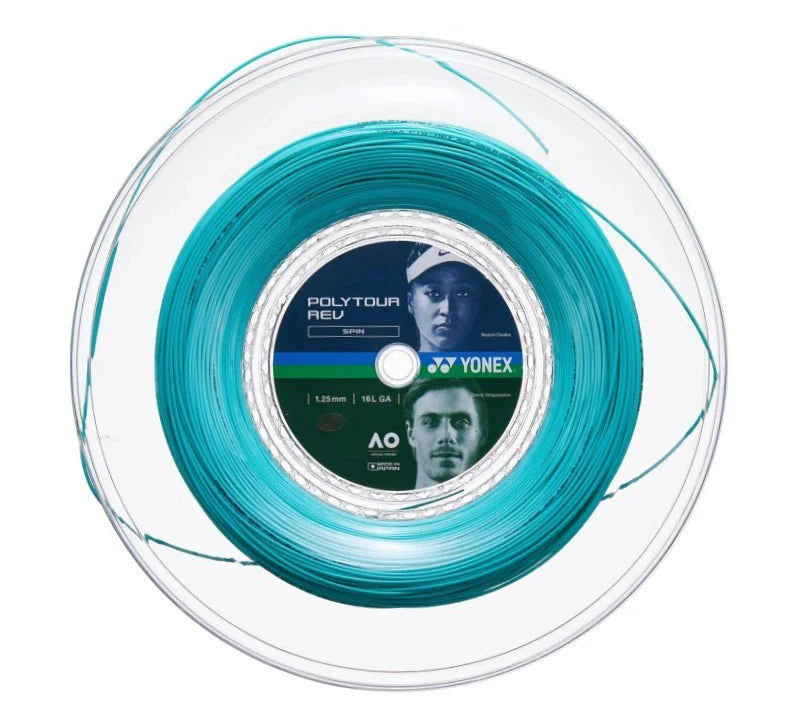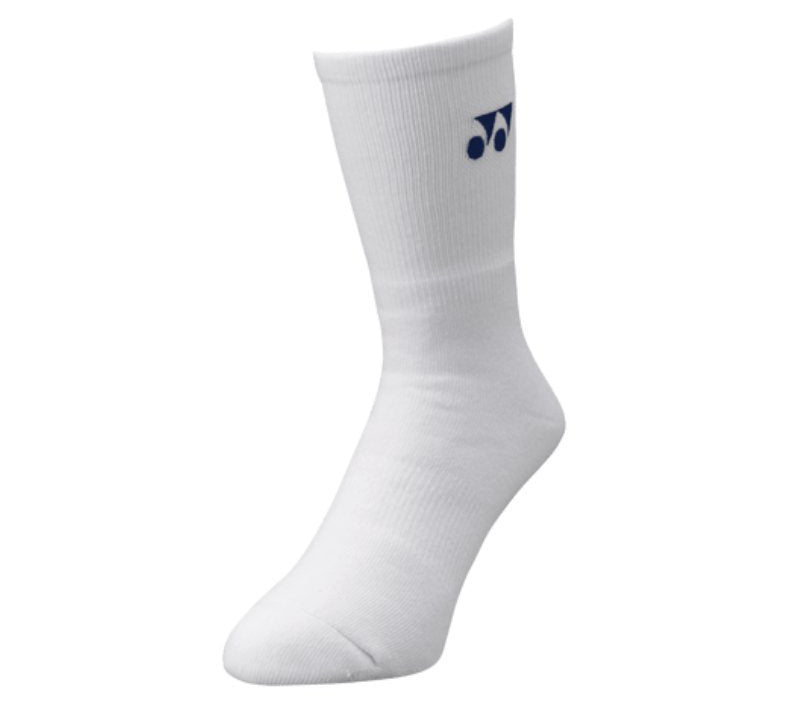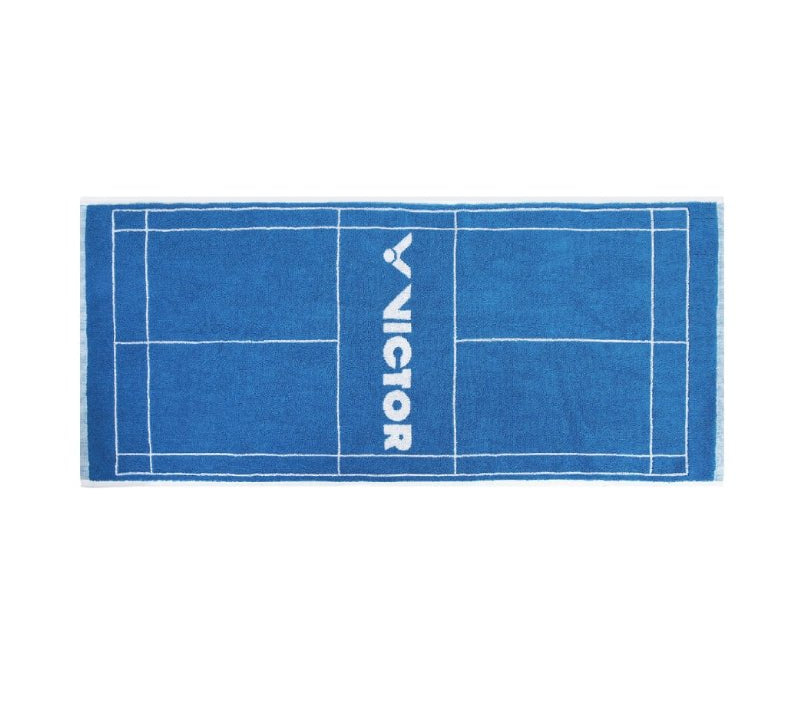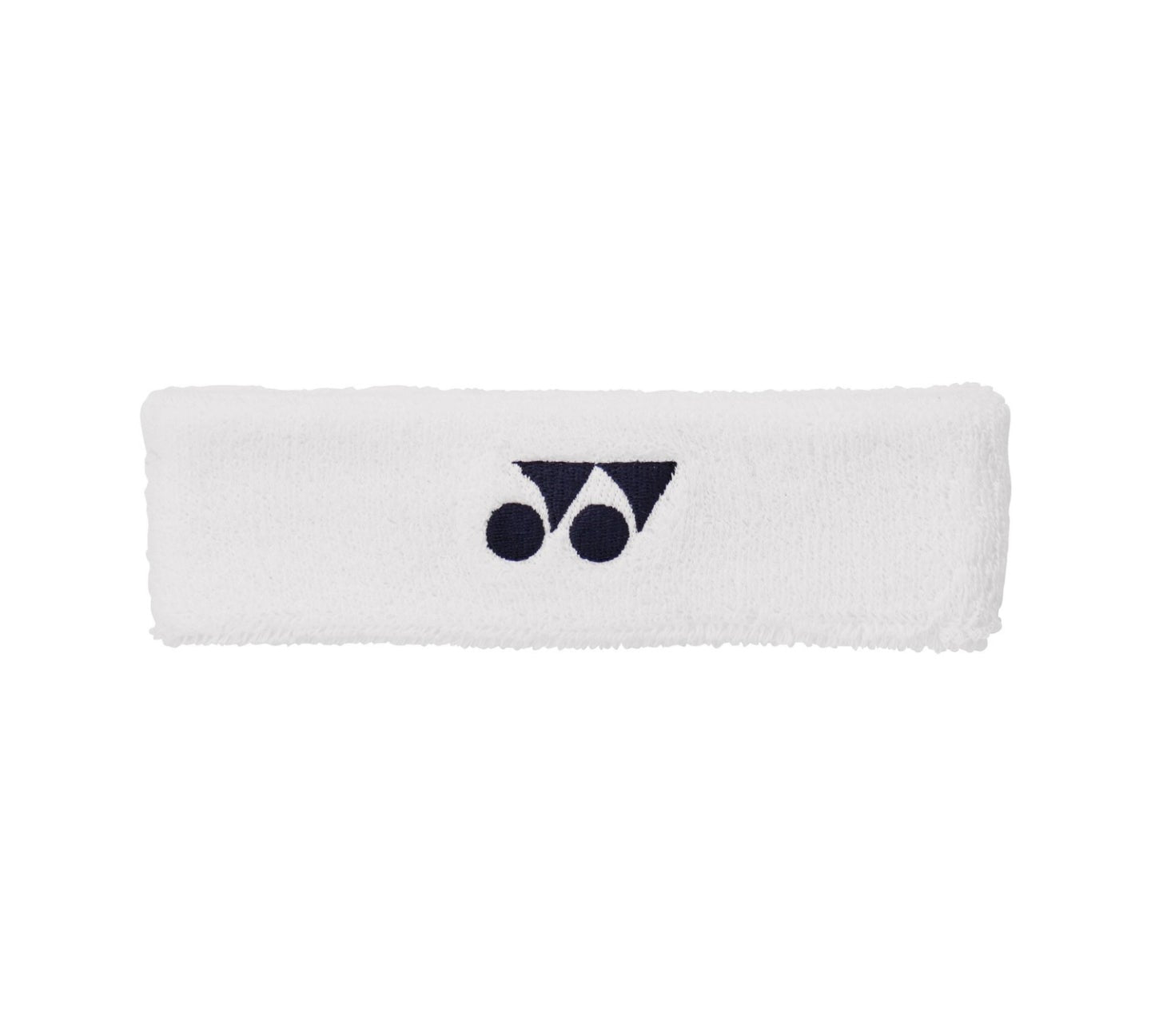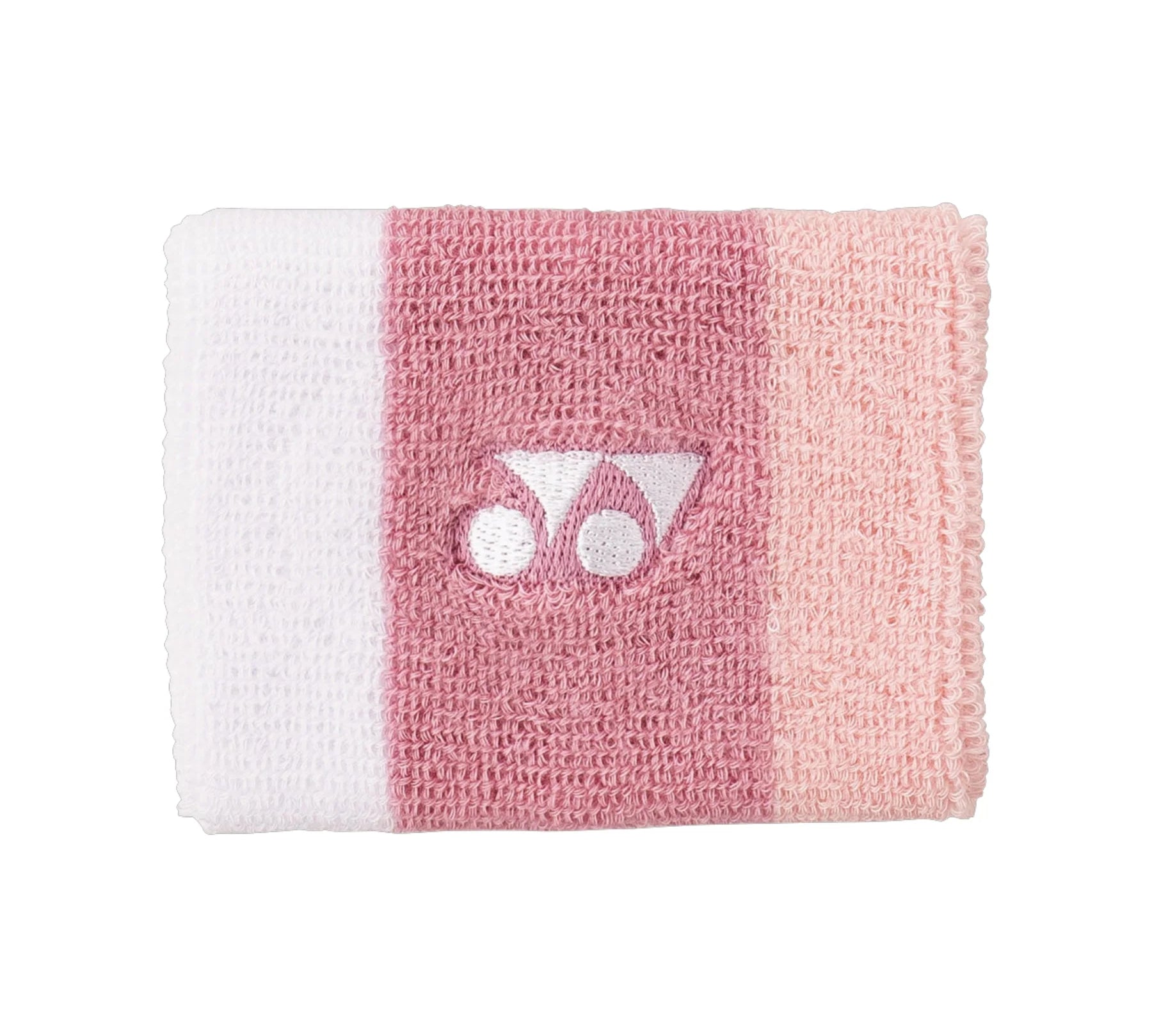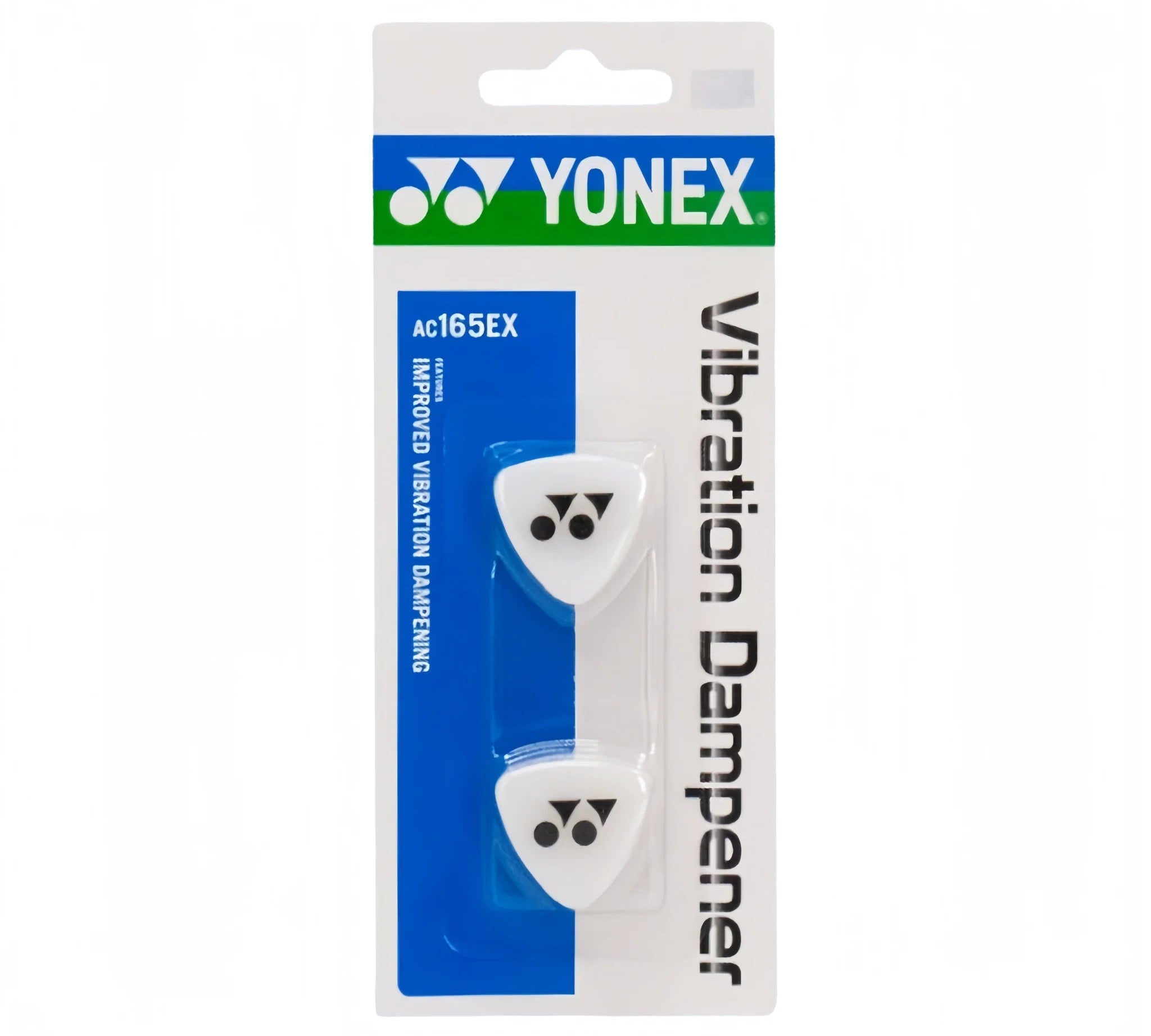If you're serious about badminton, the performance of your racket is crucial to your game. One of the most important aspects of maintaining your racket is stringing. Whether you’re a beginner or a seasoned player, understanding when and why to re-string your badminton racket can significantly impact your playing experience. Here’s a comprehensive guide to help you navigate this essential maintenance task.
Why Is Stringing Important?
-
Power and Control: The strings of your racket are pivotal in how the shuttlecock reacts when you strike it. Fresh strings offer better elasticity, which translates into more power and control. Over time, strings lose their tension and elasticity, resulting in less power and reduced control over your shots.
-
Comfort: As strings wear out, they can become stiff, leading to discomfort and even potential injury. Re-stringing ensures that your racket feels good in your hand and helps prevent strain on your arm and shoulder.
-
Consistency: Consistency is key in badminton. Regularly re-stringing your racket helps maintain a uniform feel, allowing you to replicate your shots and improve your performance on the court.
-
Durability: Worn-out strings are more susceptible to breaking. If you’re frequently hitting hard shots or playing against tough opponents, re-stringing your racket at regular intervals can help avoid unexpected string breaks during crucial matches.
When Should You Re-String?
Knowing when to re-string your racket is essential for maintaining its performance. Here are some indicators to consider:
-
Frequency of Play: As a general rule, the more you play, the more often you should re-string. For recreational players, re-stringing every 3 to 4 months may be sufficient. However, competitive players might need to re-string every 2 to 3 weeks, depending on their intensity of play.
-
String Tension Loss: Over time, strings lose tension. If you notice that your racket doesn’t feel as responsive or if shots seem less powerful, it’s a sign that the strings may need to be replaced.
-
Visible Wear and Tear: Inspect your strings regularly. Look for fraying, broken strands, or any discoloration. If you see any of these signs, it’s time for a re-string.
-
Performance Decline: If you find yourself struggling with your shots or lacking precision, it might be due to worn-out strings. If your game feels off, check your strings!
-
Time Between Strings: Many players follow the “one month of play = one re-string” rule. For example, if you play once a week, you might want to re-string every month. Adjust this based on your playing frequency and intensity.
Choosing the Right String and Tension
When re-stringing, selecting the right string and tension for your style of play is crucial. Here are some points to consider:
-
String Material: Most badminton strings are made from nylon or multifilament materials, with some advanced players opting for natural gut strings for enhanced performance.
-
String Gauge: Thinner strings (higher gauge numbers) can offer better feel and playability, while thicker strings (lower gauge numbers) provide more durability. Choose according to your playing style and preferences.
-
Tension: String tension affects the feel and behavior of your racket. Higher tension provides more control but can sacrifice power and comfort, while lower tension offers more power but less control. It's important to find a balance that suits your style.
Final Thoughts
Re-stringing your badminton racket is a vital part of maintaining your equipment and optimizing your performance on the court. By understanding when and why to re-string, you can ensure that your racket consistently delivers the power, control, and comfort you need to excel in your game. If you’re in need of professional stringing services or high-quality strings, visit Gem Sports for expert advice and products tailored to enhance your badminton experience. Remember, a well-strung racket can make all the difference in achieving your best performance!











